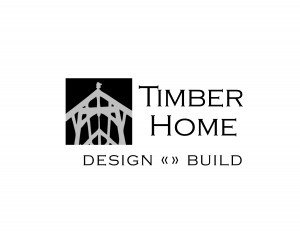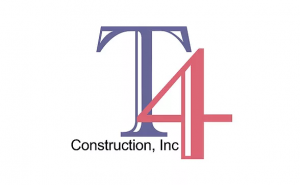Can a System Built, High Performance Home Be Net Zero Energy and Extremely Affordable at the Same Time? part 6/7
By Stewart Elliott, Co-Founder Right Home Company
We ended part 5 with reminding ourselves that our homes consume over 40 percent of the US annual energy budget and 75% of the electrical consumption. This combined usage is releasing about 28,000 lbs. of CO2 per home per year into our atmosphere. According to Sam Rashkin, chief architect of the US DOE Building Technologies Office, “…scientists say environmental conditions are reaching a critical stage where the earth can no longer sustain the 9 billion human inhabitants; a Zero Energy Building imperative must be our new reality.”
Can we discuss any aspect of construction or design without considering the program or quality or money? “…if they say it’s not about money, in principle, it’s about money” Frank Hubbard said that.
The issue is; these considerations are highly dependent on many variables and yet we have to balance the 3 key elements. There is an old saying; “you pick 2 and I get the 3rd,” meaning if you want high quality at a low cost, I will be in charge of the design program, or if you want control of the program and the cost, I will be in charge of the quality, etc. We go through this to help understand that we have forced ourselves into less flexible options.
We have concluded that system building saves money, improves quality, and can be the backbone of any building program. We have outlined how to save energy which is saving money and we have explored that going to NZEH is a significant positive cash flow investment. The imperative includes a substantial reduction in CO2 resulting from the burning of fossil fuels; a twofer saving money and reducing the CO2.
There is of course a value judgement here; that saving energy and reducing our contribution to GHG is important to us. What if we look at your home focusing on an improved design and better use of space resulting in a smaller cost effective home that; “oh by the way, it gets great gas mileage.” NZEH are just that! AND this meets Rashkin’s imperative; another twofer.
In 2017, all US Single Family Homes (SFH) emitted an estimated 2.6 billion tons of CO2. In 2018 there were about 840,000 new SFH built in the US. Last year, 2019, there was an estimated 40,000 NZEH built, up from 14,000 in 2017. Equally important is that the Zero Energy Ready Home (ZERH) imperative is becoming the norm which will add about 100,000 homes every year. These homes improve the environment. If we can save 28,000 lbs. (14 tons) of CO2 per home per year times 100,000 new homes, we can substantially reduce the US GHG contribution.
This aspect improves our environment by reducing Climate Change. This in turn improves our health and reduces medical costs (cleaner air and water reduces lung and skin diseases), and saves the national economy money such as (lowers crop damage, changing plant and animal migrations), less storm damage (e.g. fewer hurricanes, flooding, tornadoes, blizzards), lower insurance rates (fewer damage claims), less home repair, and equally important will be improved quality of life such as clear air allowing enjoyment the long views once again (witness the air quality resulting from the COVID 19 sequestering).


















